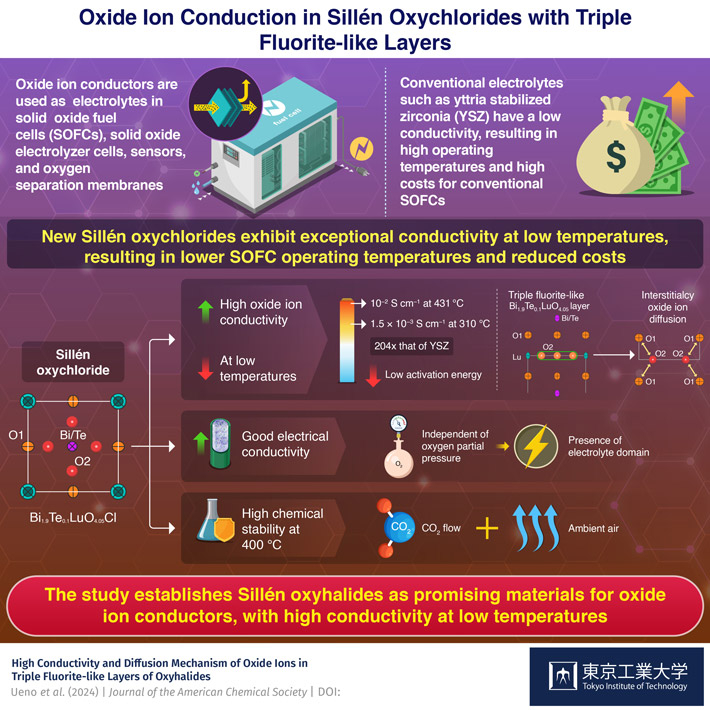Environment Protection Authority Victoria (EPA) has completed its licence review of Victoria’s three brown coal fire stations: Yallourn, Loy Yang A and Loy Yang B.
The new conditions aim to protect the local environment and provide greater transparency for Victorians about brown coal fire station emissions.
This means less emissions from the stations into the community because of reduced licence limits, and greater visibility of what is being emitted as the power stations are required to continually share emissions data on their websites.
Protecting the health of the local community and the environment is EPA’s first priority, and the review focused on monitoring, reporting and pollutant emission limits to ensure compliance with the State Environment Protection Policy (Air Quality Management).
Throughout an extensive public consultation, EPA received 493 submissions from the community.
Following consultation changes have been made to all three licences with regards to air emissions and wastewater. Yallourn and Loy Yang A have also had changes made to their licences requiring rehabilitation plans for ash landfills and implementation of mine dust controls.
New emissions licence changes include:
• Limits for mercury, fine particles (PM2.5) and coarse particles (PM10) have been added to each licence.
• Air discharge limits for most parameters on each licence have been reduced.
• The three power stations are required to monitor air emission continuously and share the data with community through each company website. This will ensure licence non-compliances are dealt with in a transparent and timely manner.
• Yallourn is required to install a continuous emissions monitoring system to be able to monitor in real time oxides of nitrogen and sulphur dioxide (the other two power stations already have this capability).
• For consistency across the three licences, exemption hours for start-up and shutdowns for Loy Yang A and Loy Yang B have been aligned to a maximum of 88 hours per year and now include exceedance of mass emission rates. Yallourn has been afforded 600 hours (reduced from 1200 hours) due to the frequency of its start-ups and shutdowns because of its age.
• A requirement to include the monitoring of class three indicators (extremely hazardous substances that are carcinogenic, mutagenic, teratogenic, highly toxic or highly persistent, and which may threaten the beneficial uses of the air environment) under licence has been added. This data will inform what additional action will be required.
EPA Executive Director of Regulatory Standards, Assessments and Permissioning Tim Eaton said the changes had been made to further protect the environment and health of the local community.
“Through our licence review we’re reduced emission limits and are making sure that the community has the best information about the emissions coming from power stations in a timely matter,” Mr Eaton said.
“The health of the local community and the environment is EPA’s first priority, and these additional requirements will ensure both remain protected.
“EPA’s review involved updating licence conditions, limits, and administrative details. EPA’s licence review program aims to ensure they are consistent with policy, are enforceable and meet community expectations.”
Additionally, wastewater discharge limits for most parameters on each licence have been reduced to ensure appropriate discharge limits.
From 1 July 2021, EPA will begin to further amend all licences to ensure consistency with the Environment Protection Amendment Act 2018 (the Act). Under this, all licences holders will have to comply with the general environmental duty.
For stationary sources of air emissions, for example, it will be a requirement to consider installation of emission control technologies to minimise those risks to human health and the environment, so far as reasonably practicable.
Victoria’s Climate Change Act 2017 establishes a long-term target of net zero greenhouse gas emissions by 2050. In issuing new power station licences, EPA has acted in accordance with current policy and regulation.





